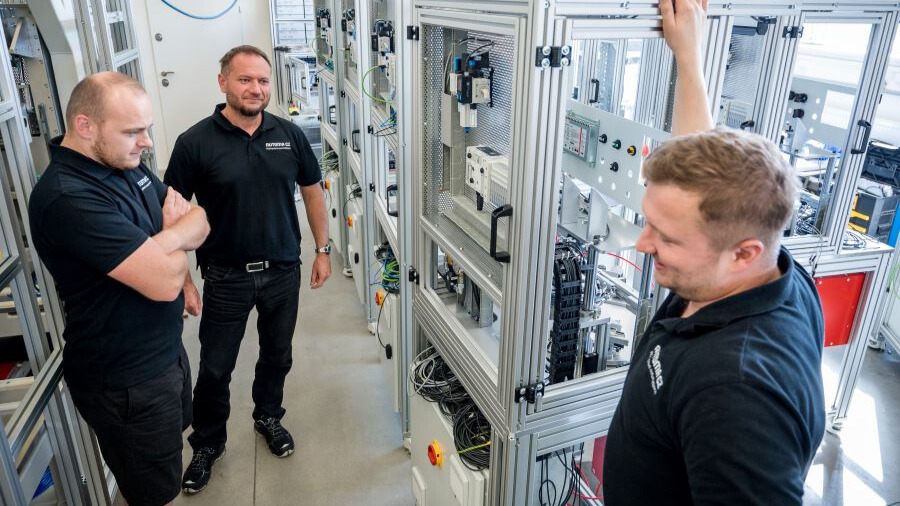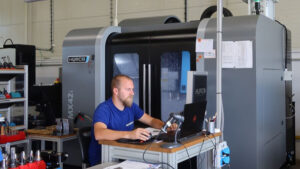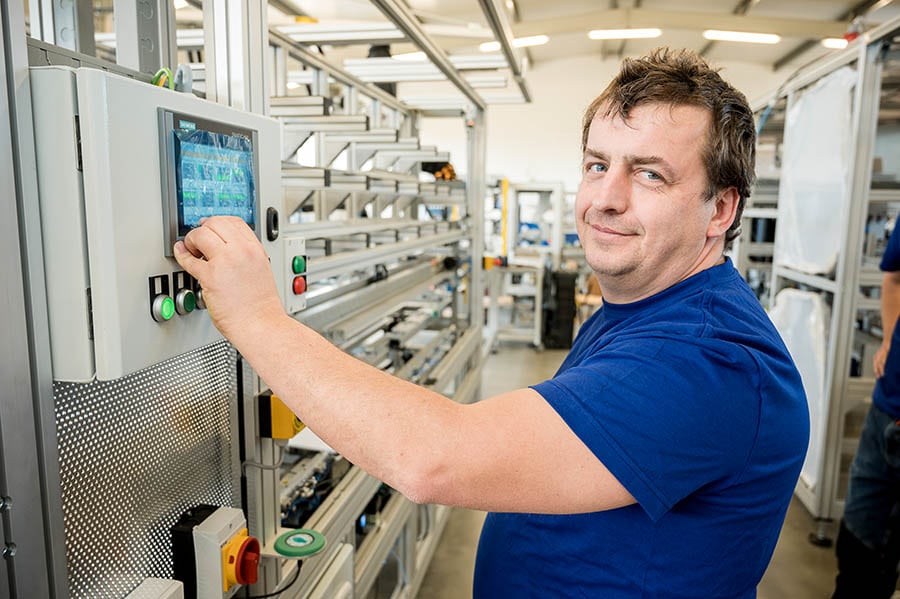The history of retrofitting production machinery dates to the Industrial Revolution in the 18th and 19th centuries when the first mechanized factories and machinery began to emerge. These machines were often simple and basic, yet revolutionized productivity and production processes. During this time, devices were constantly improved and modified to suit specific needs and technological advances.
In the 20th century, with the advent of electrification, automation, and computer technology, companies began looking for ways to optimize their manufacturing processes. Many companies realized that upgrading existing machinery often made more economic sense than investing in new equipment.
The period after the Second World War
After World War II, retrofitting became increasingly important. Company after company realized that upgrading existing equipment could mean significant cost savings while maintaining functionality. This was especially important when the world was recovering from war, and the economic environment was not always conducive to substantial investments in new machinery.
Technology development
Retrofitting has become more sophisticated with the passage of time and the growth of technological knowledge. Advanced technologies such as computerized control systems, sensors, robotics, and automation began to be used. This allowed companies to upgrade not only the mechanical aspects of machines but also their ability to be more efficient, accurate, and flexible.
The Digital Revolution and Industry 4.0
In recent decades, retrofitting has moved to a new level with the advent of the digital revolution and the concept of Industry 4.0. The Internet of Things (IoT) and advanced data analytics enable real-time machine performance monitoring, providing valuable information for decision-making regarding maintenance, optimization, and efficiency.
The history of retrofitting production machines reflects the evolution of industrial development, from simple machine modifications during the Industrial Revolution to today's complex modernization using digital technology. This process remains a critical factor in keeping companies competitive, reducing costs, and increasing the efficiency of production processes.




